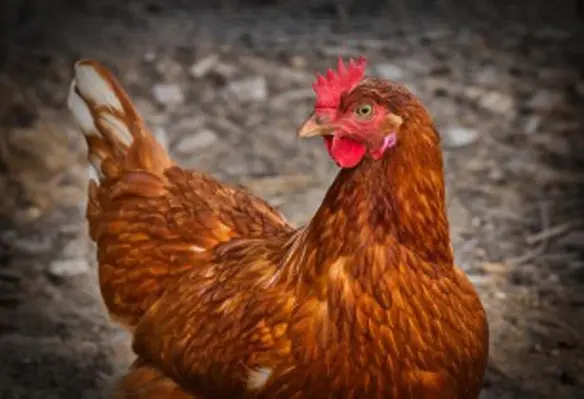As the use of antibiotics is rapidly spreading the risk of most deadly superbugs, the Indian government has banned the use of colistin in animal feed and fishing
The Union Ministry of Health and Family Welfare (MoHFW) notified the prohibition of sale, manufacture and distribution of colistin and its formulations in food-producing animals, poultry, aqua farming and animal feed supplements.
The World Health Organisation (WHO) considers colistin as a ‘highest priority critically important antimicrobial’ for humans.
The notification has stressed that the colistin use in food-producing animals involves risk to humans and that Indian government thinks such a prohibition is necessary and expedient in the public interest.
In addition, it further directs the manufacturers of colistin and its formulations to label “Not to be used in food-producing animals, poultry, aqua farming and animal feed supplements” in a conspicuous manner on the package insert and promotional literature.”
The Centre for Science and Environment (CSE) has welcomed the Health Ministry’s move. The move is expected to help regulate antibiotic misuse in animal farming and contain antimicrobial resistance (AMR).
Over the last several years, CSE has consistently highlighted the issue of antibiotic misuse in the food animal sector and easy availability of colistin as a growth promoter feed supplement. According to CSE, for effective enforcement, states will have to play a major role. They further suggest that the food standards for antibiotic residues by the Food Safety and Standards Authority of India must reflect this development.
The notification is in line with the Indian National Action Plan on AMR (2017-21) that aims to gradually eliminate animal use of critically important antibiotics. Some like quinolones, macrolides and aminoglycosides are commonly used even for fattening chicken through feed or for mass routine administration in the absence of disease.





